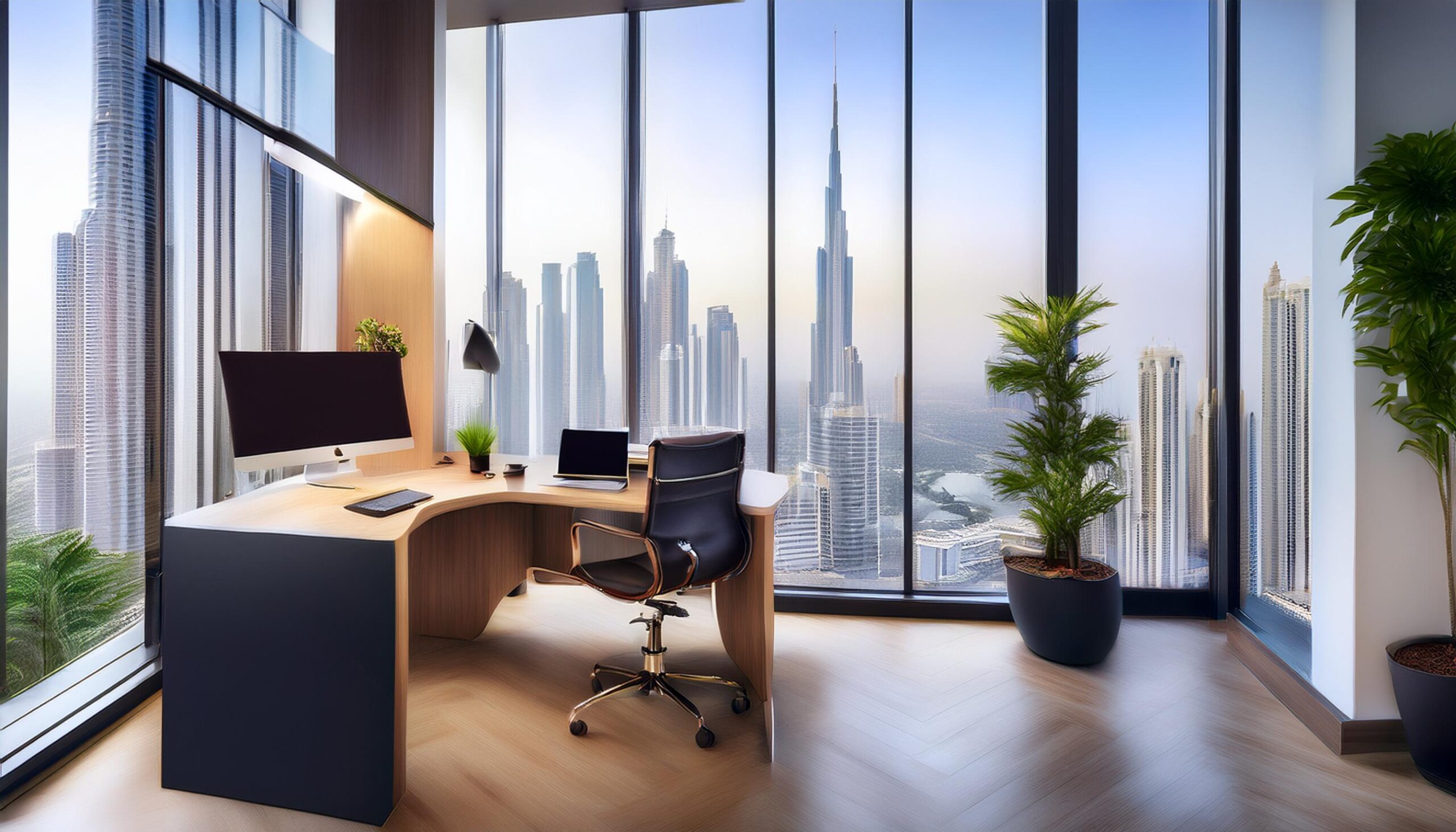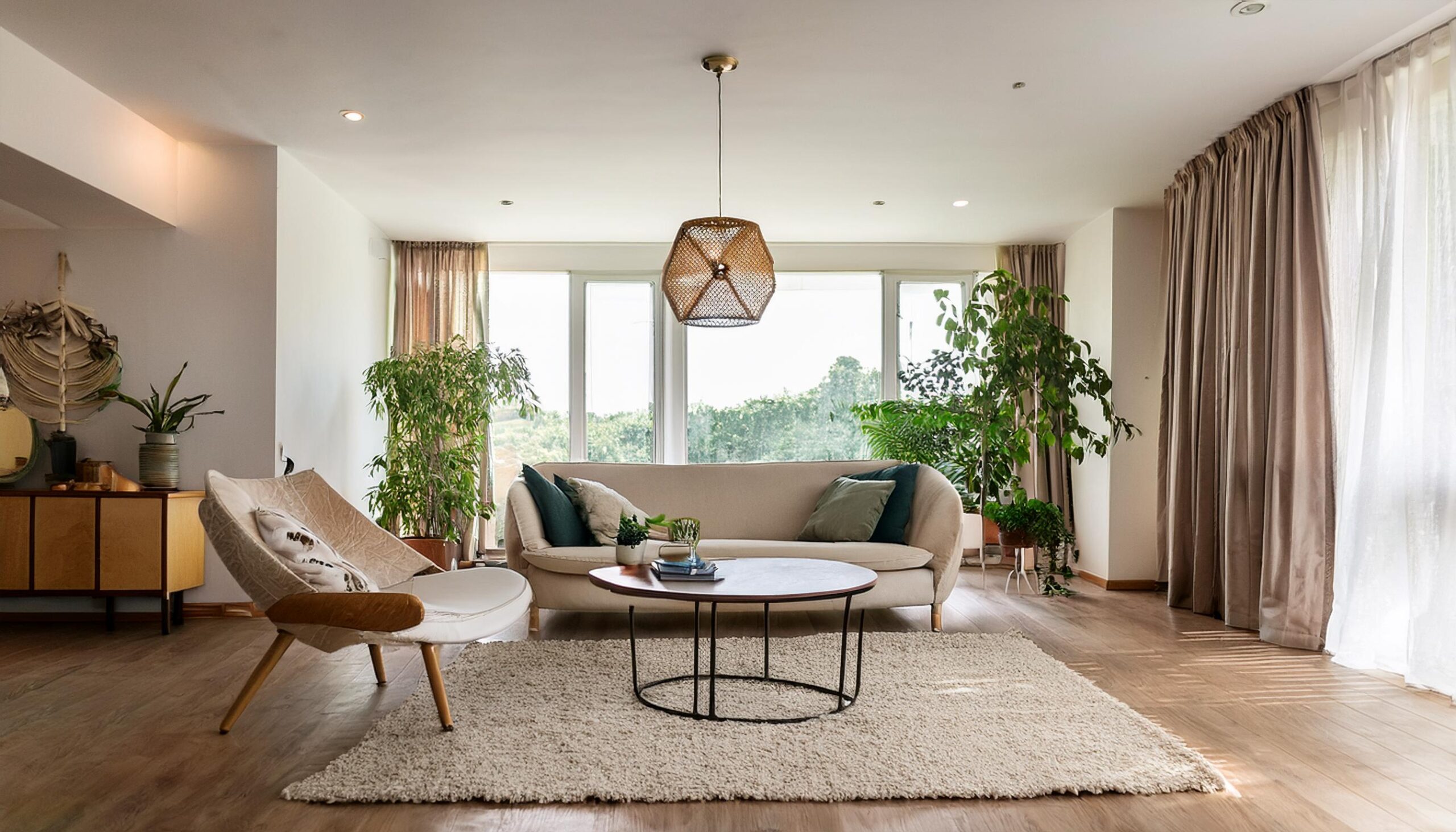With remote work becoming a fixture in many professionals’ lives, designing an effective home office is more important than ever. Whether you’re setting up a new office or optimizing an existing one, here are essential tips for creating a productive home office.
Prioritize Ergonomic Furniture
Comfort is crucial for a productive work environment. Invest in an ergonomic chair that supports good posture and reduces back strain. Pair it with a desk that allows you to work comfortably, whether sitting or standing. Proper ergonomics help prevent physical discomfort and enable longer, more focused work sessions.
Ensure Adequate Lighting
Good lighting can make a significant difference in your workspace. Combine natural light with appropriate task lighting to reduce eye strain and boost alertness. Position your desk near windows to benefit from daylight, and use adjustable lamps for direct illumination. Avoid harsh or overly bright lights that can cause glare and discomfort.
Keep Your Space Organized
An organized workspace contributes to better focus and efficiency. Use storage solutions such as shelves, drawers, and filing cabinets to keep documents and office supplies neatly arranged. Implement cable management to prevent clutter and tangled cords. A tidy environment helps you stay on track and minimizes distractions.
Personalize Your Workspace
Infusing your personality into your office can make it more enjoyable and motivating. Add elements that inspire you, such as artwork, plants, or personal photos. However, keep the décor balanced to avoid overcrowding the space. Personal touches should enhance the environment without diverting attention from work.
Design a Functional Layout
The layout of your office can impact your workflow. Arrange your desk and other furniture to create an ergonomic and efficient workspace. Place frequently used items within easy reach to reduce unnecessary movement. Consider a standing desk or an adjustable desk to alternate between sitting and standing as needed.
Establish a Routine
A consistent work routine helps establish boundaries between work and personal life. Define your working hours and stick to them to maintain a healthy balance. Use your home office exclusively for work tasks to reinforce a productive mindset and avoid blending work with leisure.
Conclusion
Designing a productive home office involves more than just setting up a desk and chair. By selecting the right location, investing in ergonomic furniture, optimizing lighting, and keeping your space organized, you can create an environment that enhances focus and efficiency. Personalize your workspace, incorporate effective technology, and regularly review your setup to ensure your home office remains a productive and inspiring space.


